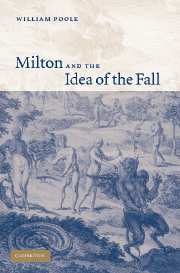Book contents
5 - Heresiographers, Messiahs and Ranters
Published online by Cambridge University Press: 10 December 2009
Summary
Chapter 4 investigated the views of various heterodox figures by privileging their own texts. But the problem of sources was also recognised, given that many of our accounts of who said what, even in the decades that witnessed the effective collapse of censorship, derive from hostile reports. We mentioned the heresiographic habit of simultaneously calling heresy new and old, and this is indicative of the conflict of interests between two different rhetorical attitudes to problems: either we have seen it before, and so know what to do about it; or we have never seen it before, and so it can't be all that important. This chapter revisits that conflict, and extends it into a discussion of some contemporary heresiographic accounts of pseudo-Messiahs, and of the people called Ranters.
The conflict is as old as the genre itself, which has always had an ambiguous attitude to its own existence. Irenaeus, for instance, with Epiphanius the principal patristic model for early-modern heresiography, once related an anecdote about his old teacher, Polycarp, one of the earliest observers of what he saw as heresy. Polycarp's reaction to it, as Irenaeus explained, was to run away: ‘he would have cried out and stopped his ears … And he would have fled from the very place where he had been sitting or standing.’ Polycarp also related how in Ephesus John the disciple had once seen Cerinthus the Gnostic in a public bath, and had run away lest the bathhouse tumble over his head.
- Type
- Chapter
- Information
- Milton and the Idea of the Fall , pp. 83 - 95Publisher: Cambridge University PressPrint publication year: 2005

